Sustainable Logging Practices: Green Logging 10 Methods
- July 26, 2024
- 2 comment
Logging is an essential industry that often faces criticism for contributing to deforestation, particularly in regions like the Amazon. However, the reality is more nuanced. In the Amazon, the lumber industry operates under strict regulations enforced by agencies like SEMA and IBAMA Brazil’s counterparts to the U.S. Environmental Protection Agency. These measures aim to uphold sustainable logging practices, ensuring that timber harvesting supports responsible forestry without compromising the ecosystem.
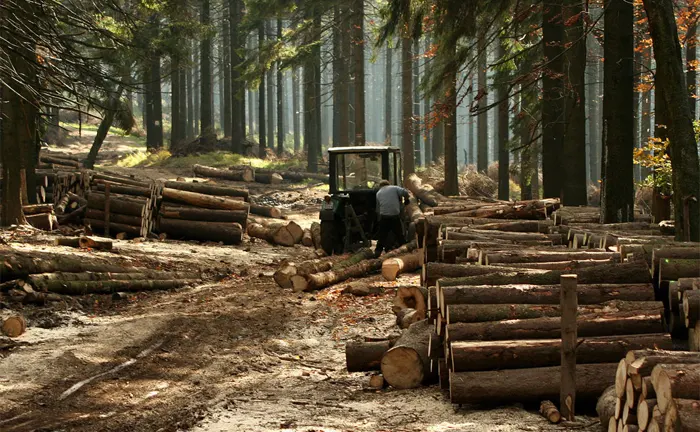
This blog explores ten sustainable logging methods I’ve assessed based on personal experience and industry insights. I’ll highlight how these methods compare in performance, share measurable benefits, and discuss which are best suited for specific circumstances. By focusing on eco-friendly logging techniques and renewable wood resources, we can better understand how responsible forestry can meet industry demands while prioritizing forest conservation.
Table of Contents for Sustainable Logging Practices List:
- Selective Logging
- Reduced Impact Logging (RIL)
- Agroforestry Integration
- Strip Logging
- Shelter Wood Cutting
- Continuous Cover Forestry (CCF)
- Forest Stewardship Council (FSC) Certification
- Community Based Forestry
- Reforestation and Afforestation
- High Conservation Value Forest (HCVF) Management
Sustainable Logging Overview
The core of sustainable logging lies in balancing the economic value of forest products with the ecological need to maintain thriving, healthy forests. This balance requires a carefully tailored strategy for each logging site, ensuring that harvesting activities support forest conservation while meeting industry demands.
One effective method is to design logging practices that mimic natural disturbances. Forests naturally undergo changes through events like windstorms, fires, and floods, which replace older trees with new growth. By replicating these processes, sustainable logging helps preserve the structure and integrity of forest ecosystems, aligning with eco-friendly logging and green forestry methods.
A key principle of responsible forestry is the protection of old-growth forests. These areas, often untouched by commercial logging, serve as critical habitats for countless species and are essential for biodiversity preservation. Sustainable timber harvesting focuses on secondary growth forests, reducing the environmental impact while meeting the need for renewable wood resources.
In regions previously logged, sustainable forest management begins with a detailed analysis of the area’s natural patterns and conditions. By understanding the characteristics of each forest tract, foresters can implement low-impact logging techniques that promote long-term forest regeneration. This approach ensures economic goals are met without sacrificing ethical logging principles, reinforcing the connection between sustainability and environmental stewardship.
1. Selective Logging
Selective logging focuses on removing specific trees, particularly mature or overgrown ones, while preserving the forest’s overall structure. This method minimizes ecological disruption by targeting trees like wolf trees that no longer significantly contribute to forest regeneration. By maintaining continuous forest cover, selective logging aligns with responsible forestry and supports long-term sustainability.
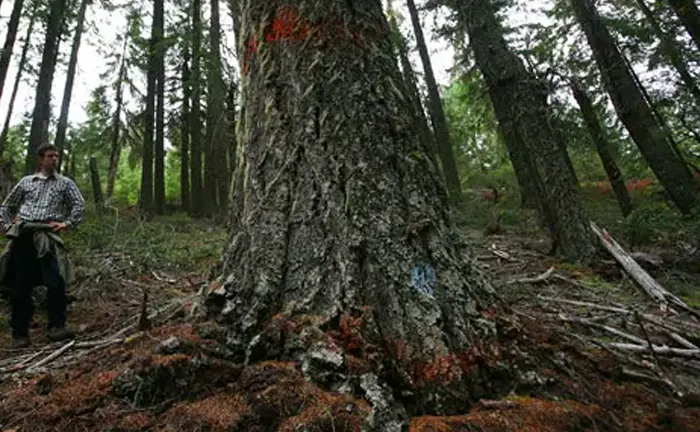
The advantage of selective logging is its ability to preserve wildlife habitats and biodiversity. Continuous forest cover provides a stable environment for various species, contributing to forest conservation. However, this eco-friendly logging method requires careful planning and skilled professionals to ensure that the ecological balance remains intact. The labor-intensive nature of selective logging makes it costlier than clear-cutting, but it is a vital part of sustainable forest management.
Advantages of Selective Logging:
- Maintains continuous forest cover.
- Supports wildlife habitats and biodiversity.
- Minimizes ecological disruption.
- Promotes sustainable forest management.
2. Reduced Impact Logging (RIL)
Reduced Impact Logging (RIL) is a sustainable logging method designed to minimize the environmental harm caused by timber harvesting. This approach involves meticulous planning of logging roads, precise tree felling techniques, and limiting the size of clearings to prevent soil erosion and reduce carbon emissions. RIL exemplifies responsible forestry by integrating eco-friendly logging practices into every step of the process.
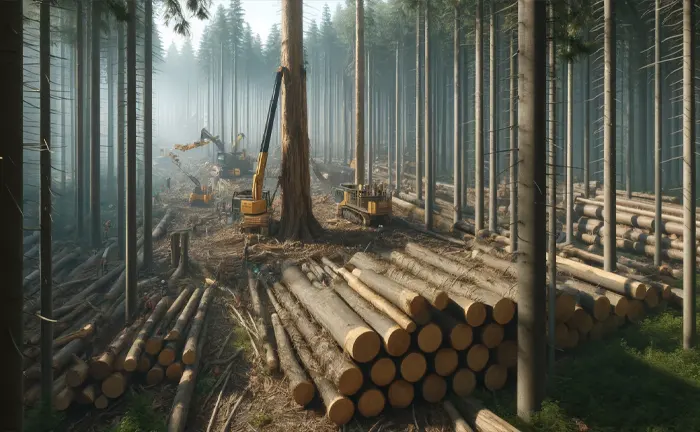
Research shows that RIL significantly lowers the environmental footprint of logging operations. By promoting forest regeneration and reducing disruptions to ecosystems, it supports long-term forest health. However, the method requires skilled labor and strict compliance with guidelines, making it more complex and costly to implement compared to conventional logging.
Advantages of RIL:
- Reduces soil erosion and carbon emissions.
- Promotes forest regeneration.
- Minimizes environmental footprint.
- Supports sustainable forest management practices.
3. Agroforestry Integration
Agroforestry combines agriculture and forestry by integrating trees with crops or livestock on the same land. This innovative approach boosts biodiversity, enhances soil health, and increases carbon sequestration, making it a cornerstone of eco-friendly logging and sustainable timber practices. For farmers, agroforestry provides diversified income sources and greater resilience to climate change, supporting long-term economic and environmental stability.

By creating a balance between agricultural productivity and ecological sustainability, agroforestry systems play a key role in forest conservation. These systems reduce the pressure on natural forests by encouraging the cultivation of renewable wood resources on agricultural land. However, adopting agroforestry often requires farmers to invest in training and infrastructure and adapt to new farming practices, which can pose initial challenges.
Advantages of Agroforestry Integration:
- Enhances biodiversity and soil health.
- Increases carbon sequestration.
- Diversifies farmers’ income sources.
- Balances agricultural productivity with ecological sustainability.
4. Strip Logging
Strip logging is a sustainable logging technique that involves harvesting trees in narrow strips, leaving adjacent areas intact to serve as seed sources for natural regeneration. This method is particularly effective in tropical rainforests, where maintaining a continuous forest canopy supports high biodiversity and ecosystem health.
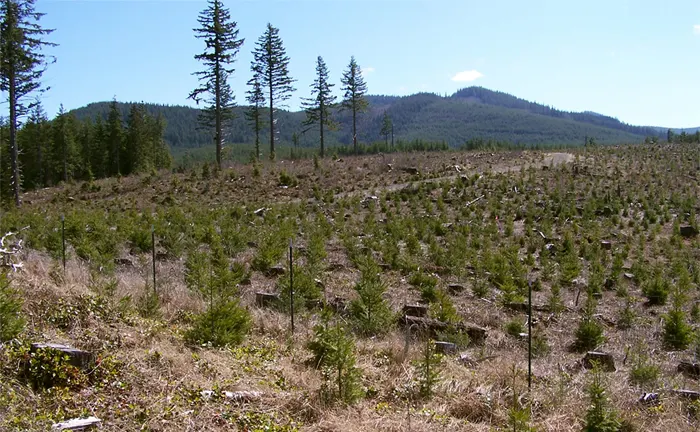
The primary advantage of strip logging is its ability to facilitate rapid natural regeneration while preserving critical ecosystem functions. By maintaining sections of the forest canopy, this method aligns with green forestry methods and promotes sustainable forest management. However, strip logging may yield less timber compared to other methods, which can impact economic returns.
Advantages of Strip Logging:
- Supports rapid natural regeneration.
- Maintains continuous forest canopy.
- Preserves biodiversity.
- Minimizes ecological disruption.
5. Shelter Wood Cutting
Shelter Wood cutting is a forestry technique that involves gradually removing mature trees over several years, allowing new seedlings to grow under the partial shade of the remaining canopy. This method helps maintain forest structure and promotes biodiversity by supporting species that thrive in shaded conditions, aligning with sustainable forest management practices.
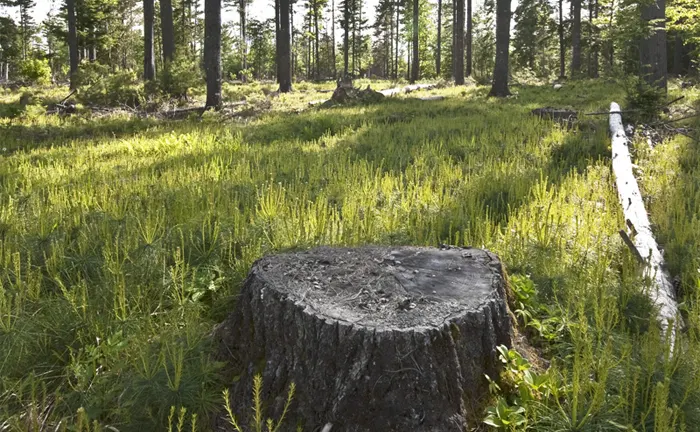
The primary advantage of Shelter Wood cutting lies in its ability to ensure continuous forest regeneration, making it a key component of eco-friendly logging and responsible forestry. By preserving the forest canopy during the regeneration phase, this method supports ecosystem balance and long-term sustainability. However, its reliance on multiple harvests and long-term planning can increase operational costs and complexity.
Advantages of Shelter Wood Cutting:
- Maintains forest structure and diversity.
- Promotes the growth of shade-tolerant species.
- Ensures continuous forest regeneration.
- Supports sustainable forest management.
6. Continuous Cover Forestry (CCF)
Continuous Cover Forestry (CCF) is a sustainable forestry approach that ensures a permanent forest canopy by selectively harvesting individual trees or small groups. This method prioritizes biodiversity, protects soil and water resources, and promotes overall forest health, making it a cornerstone of ethical logging and responsible forestry.
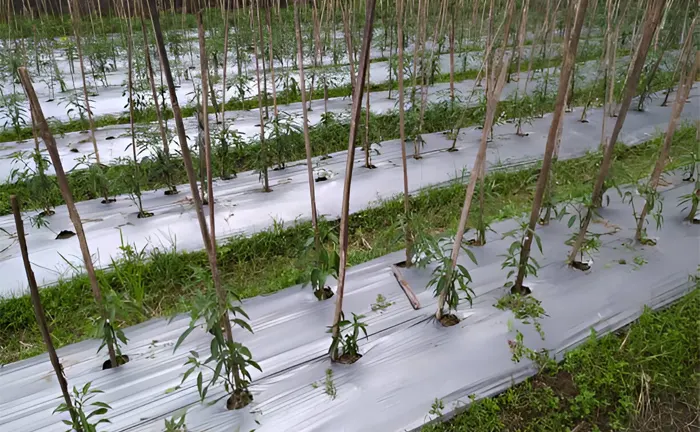
The advantage of CCF is its focus on long-term ecological sustainability. By maintaining continuous forest cover, this method supports wildlife habitats and enhances ecosystem resilience. However, CCF requires ongoing management and careful monitoring to strike a balance between economic returns and environmental stewardship, often making it more complex than other methods.
Advantages of CCF:
- Maintains permanent forest cover.
- Supports biodiversity and protects soil and water resources.
- Prioritizes long-term forest health.
- Promotes ecological sustainability.
7. Forest Stewardship Council (FSC) Certification
The Forest Stewardship Council (FSC) certification is a globally recognized standard that ensures logging practices adhere to strict environmental, social, and economic criteria. Certified operations must safeguard water quality, prevent deforestation, and respect the rights of indigenous communities, promoting ethical logging and sustainable forest management.
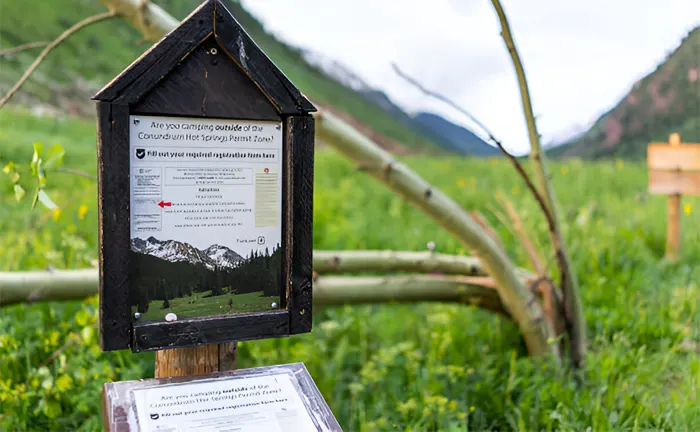
FSC certification offers consumers confidence that the wood products they buy come from responsibly managed forests. This certification not only supports forest conservation but also provides market recognition and builds trust in FSC-certified products. However, for small-scale operators, the process of obtaining and maintaining FSC certification can be challenging and costly, requiring substantial investment in compliance and monitoring.
Advantages of FSC Certification:
- Ensures environmentally and socially responsible logging practices.
- Protects water quality and prevents deforestation.
- Respects the rights of indigenous communities.
- Provides market recognition and consumer trust.
8. Community-Based Forestry
Community-based forestry actively involves local communities in managing forests and making key decisions about their use. By giving communities a vested interest in the health and sustainability of their forests, this approach fosters responsible forestry practices while improving livelihoods and supporting ethical logging.
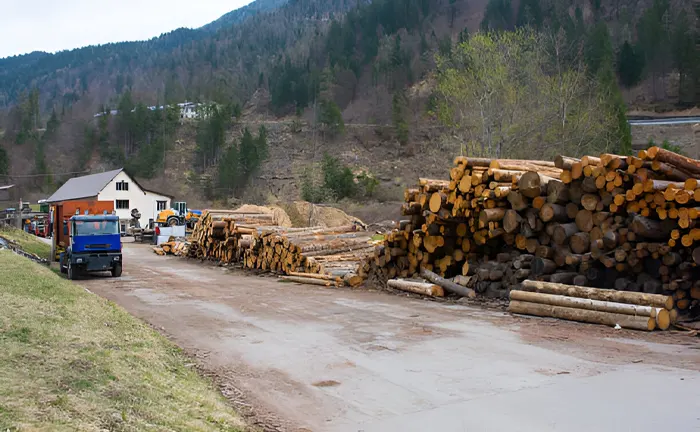
One of the greatest strengths of community-based forestry is its ability to protect forest resources effectively while ensuring a fair distribution of benefits. Empowering local communities leads to stronger stewardship, sustainable development, and greater equity. However, for this approach to succeed, robust governance structures and capacity-building efforts are essential.
Advantages of Community-Based Forestry:
- Promotes sustainable practices and improves livelihoods.
- Empowers local communities.
- Enhances protection of forest resources.
- Fosters equitable distribution of benefits.
9. Reforestation and Afforestation
Reforestation involves replanting trees in deforested areas, while afforestation focuses on planting trees in lands that were not previously forested. Both practices are vital for restoring degraded ecosystems, enhancing carbon sequestration, and supporting sustainable forest management.

These methods play a crucial role in mitigating climate change by increasing carbon sinks and preserving biodiversity. Reforestation helps repair the damage caused by deforestation, while afforestation expands forested areas, creating new habitats for wildlife. However, challenges such as ensuring the survival of planted trees and managing the long-term health of new forests require careful planning and ongoing maintenance.
Advantages of Reforestation and Afforestation:
- Restores degraded ecosystems.
- Enhances carbon sequestration.
- Contributes to climate change mitigation.
- Promotes biodiversity conservation.
10. High Conservation Value Forest (HCVF) Management
High Conservation Value Forest (HCVF) management prioritizes the protection of forests with exceptional biodiversity, cultural significance, or ecological importance. These forests are managed carefully to preserve their unique characteristics while allowing sustainable use that aligns with ethical logging and responsible forestry practices.
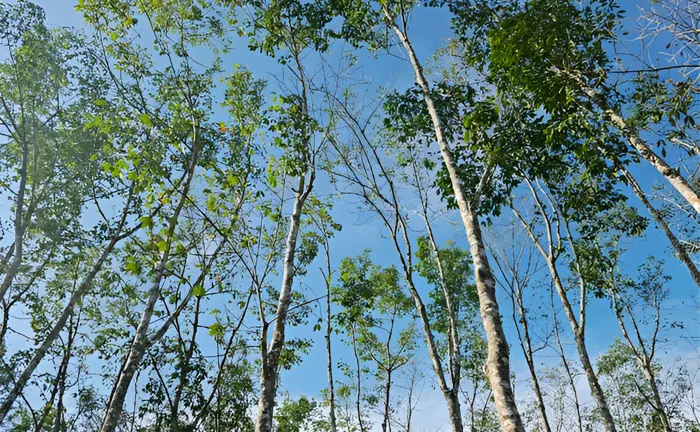
HCVF management safeguards critical habitats and ecosystem services, ensuring that vital ecological and cultural assets are protected. This approach supports biodiversity conservation and helps maintain essential ecosystem functions, such as water purification and carbon storage. However, it requires comprehensive assessments and continuous monitoring to meet conservation objectives effectively.
Advantages of HCVF Management:
- Protects forests with high biodiversity and cultural value.
- Safeguards critical habitats and ecosystem services.
- Allows for sustainable use of forest resources.
- Ensures the preservation of unique forest characteristics.
Evaluation and Comparison
Each sustainable forestry method has unique strengths and challenges, making them suited for different goals and contexts. Selective logging and Reduced Impact Logging (RIL) are highly effective at minimizing environmental disruption, with RIL reducing carbon emissions by up to 30% compared to conventional logging. However, both methods require significant expertise and resources to implement effectively.
Agroforestry integration and community-based forestry provide socio-economic benefits, such as diversifying income and empowering local communities. Agroforestry systems, for example, can increase biodiversity by 20-30% compared to monoculture plantations. However, these methods often require shifts in traditional practices and robust governance structures to succeed.
Certification schemes like Forest Stewardship Council (FSC) offer a market-driven approach to sustainability, giving consumers confidence in responsibly sourced products. Yet, smaller operators may face difficulties achieving and maintaining certification due to costs and complexity.
Concluding Thoughts
Sustainable logging practices provide a pathway to balancing economic needs with environmental stewardship, demonstrating that forest conservation and resource utilization can coexist. While each method whether Reduced Impact Logging, Agroforestry, or High Conservation Value Forest (HCVF) management has its challenges, their combined implementation fosters healthier forests and more resilient ecosystems.
Consumers and policymakers play a critical role in this transition. Supporting certified sustainable products, such as those with Forest Stewardship Council (FSC) certification, and advocating for stronger forestry regulations can drive meaningful change. These efforts not only promote ethical logging and green forestry methods but also safeguard the biodiversity and ecological services our forests provide.
By embracing sustainable forest management and renewable wood resources, we can ensure that our forests continue to thrive, securing their invaluable benefits for generations to come. Together, we have the power to make a lasting impact on the health of our planet.
Frequently Asked Questions
- What is selective logging, and how does it benefit the environment?
Selective logging is a forestry practice where only specific trees, typically mature or overgrown ones, are removed from a forest. This method minimizes environmental impact by preserving the overall forest structure and maintaining continuous canopy cover. It benefits the environment by supporting wildlife habitats, preserving biodiversity, and allowing younger trees to mature, which contributes to long-term forest health and regeneration. - How does Reduced Impact Logging (RIL) differ from conventional logging?
Reduced Impact Logging (RIL) differs from conventional logging in its emphasis on minimizing environmental damage. RIL involves careful planning of logging roads, precise tree felling, and limiting the size of clearings to reduce soil erosion and carbon emissions. Conventional logging, on the other hand, often prioritizes timber yield over environmental considerations, leading to more extensive ecological disruption and higher carbon emissions. - What is agroforestry, and why is it considered sustainable?
Agroforestry is a land use system that integrates trees with crops or livestock. It is considered sustainable because it enhances biodiversity, improves soil health, and increases carbon sequestration. By diversifying income sources for farmers and promoting ecological balance, agroforestry contributes to both agricultural productivity and forest conservation. It also provides resilience against climate change impacts. - Can strip logging help in forest conservation, and if so, how?
Yes, strip logging can aid in forest conservation. This method involves harvesting trees in narrow strips, allowing adjacent areas to provide seed sources for natural regeneration. It helps maintain a continuous forest canopy and supports the rapid recovery of logged areas. By preserving ecosystem functions and promoting biodiversity, strip logging is an effective strategy for sustainable forest management, especially in tropical rainforests. - What are the key benefits of shelterwood cutting?
Shelterwood cutting offers several key benefits, including maintaining forest structure and diversity. This method involves the gradual removal of mature trees over several years, which promotes the growth of new seedlings under the partial shade of remaining trees. It is particularly beneficial for species that require some shade to grow. Shelterwood cutting ensures continuous forest regeneration, supports biodiversity, and enhances the ecological resilience of the forest. - How does Continuous Cover Forestry (CCF) contribute to long-term forest health?
Continuous Cover Forestry (CCF) maintains a permanent forest cover by selectively harvesting trees in small groups or individually. This method supports biodiversity, protects soil and water resources, and prioritizes long-term forest health over immediate economic gains. By ensuring that forests are managed sustainably and ecologically, CCF contributes to the preservation of forest ecosystems and their services over the long term. - What is the significance of Forest Stewardship Council (FSC) certification?
Forest Stewardship Council (FSC) certification signifies that logging practices meet rigorous environmental and social standards. Certified operations must protect water quality, prevent deforestation, and respect the rights of indigenous communities. FSC certification provides consumers with assurance that the products they purchase come from responsibly managed forests. It also promotes sustainable forestry practices and helps protect forest ecosystems globally. - How does community-based forestry benefit local communities and forests?
Community-based forestry involves local communities in forest management and decision-making processes. This approach promotes sustainable practices and improves livelihoods by giving communities a stake in the health of their forests. Benefits include better protection of forest resources, equitable distribution of benefits, and enhanced local governance. Empowering communities leads to more effective and sustainable forest conservation efforts. - What are the challenges associated with reforestation and afforestation?
Reforestation (replanting trees in deforested areas) and afforestation (planting trees in non-forested lands) face several challenges. Ensuring the survival of planted trees is a major challenge, as young trees are vulnerable to environmental stressors. Managing the long-term health of new forests is also crucial to prevent diseases and ensure biodiversity. Additionally, these practices require significant planning, resources, and monitoring to achieve successful and sustainable outcomes. - Why is High Conservation Value Forest (HCVF) management important?
High Conservation Value Forest (HCVF) management focuses on protecting forests with high biodiversity, cultural, or ecological value. This approach is important because it safeguards critical habitats and ecosystem services that are vital for environmental sustainability. By carefully managing these areas to preserve their unique characteristics while allowing for sustainable use, HCVF management ensures that vital ecological and cultural assets are protected for future generations. This method requires detailed assessments and ongoing monitoring to meet conservation goals effectively.
We’d love to hear from you! Share your personal experiences and thoughts about sustainable logging practices in the comments section below. Your insights could help others understand the importance of these methods and make informed decisions about supporting sustainable forestry.

Liam Fry
Forestry AuthorLiam Fry’s passion for forest management was sparked by the urgent need to combat global warming. With a degree in Environmental Science, Liam has over a decade of experience developing sustainable land management plans and creating comprehensive guides for seasonal forest maintenance. His integration of advanced GIS technology ensures effective and efficient forest resource management.

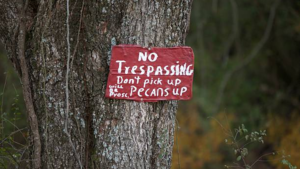

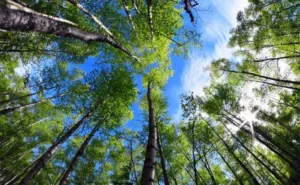
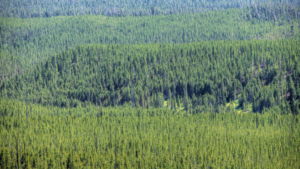
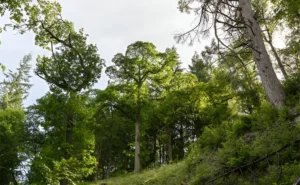
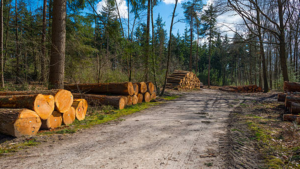
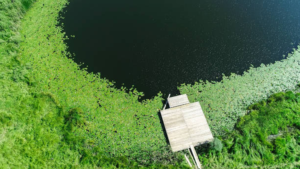

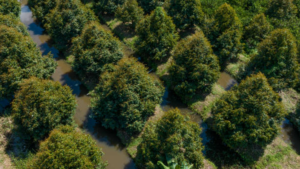


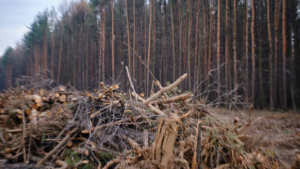
Hi! I am reading up on environmental sanctioned logging due to the recent uproar about the DEC's plans to log some of WNY's Zoar's valley to help promote diverse bird species. But how will the logging affect existing species? They have specified that none of the old growth tree's are being cut down, just 91 acres of secondary growth mostly consisting of yellow poplars, walnut, and black cherry trees. Will this logging effort truly increase the biodiversity and overall integrity of the valley? Thanks!
Gianna Gullo
October 9, 2024 4:27 pmHi! Great question. In cases like Zoar Valley, selective logging of secondary growth can promote biodiversity by allowing sunlight to reach the forest floor, encouraging new plant growth and habitats for wildlife. Since old-growth trees aren't affected, the overall ecosystem should remain intact, and this effort could boost species diversity. Thanks for asking!
Liam Fry
October 11, 2024 12:12 am